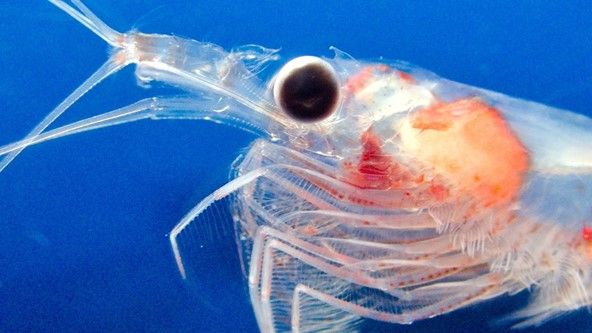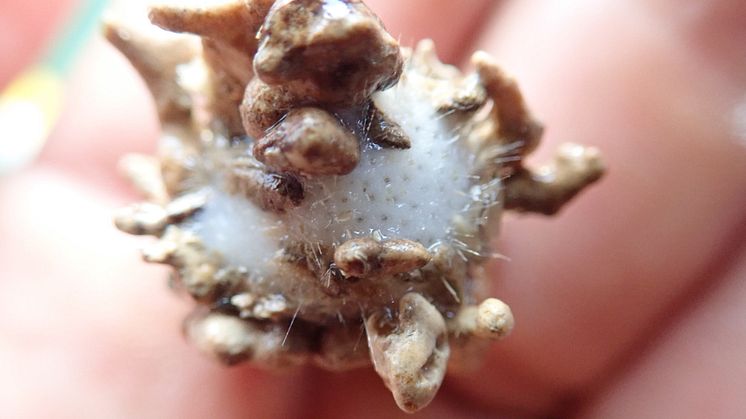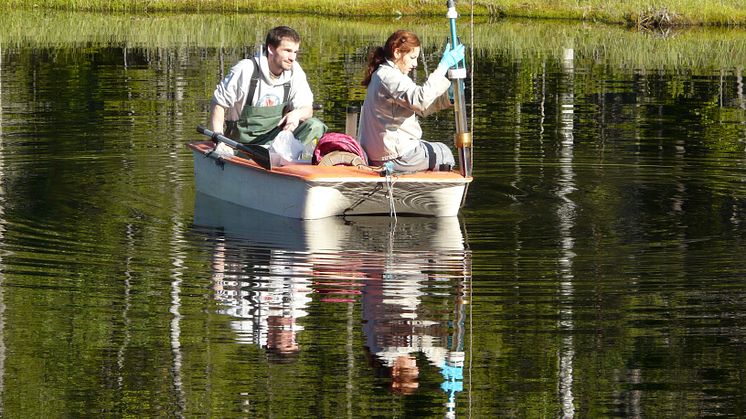Discovery of new marine sponges supports hypothesis on animal evolution
A completely new order of marine sponges has been found by researchers at the Museum of Evolution, Uppsala University. The sponge order, named Vilesida, produces substances that could be used in drug development. The same substances support the hypothesis that sponges – and therefore animals – emerged 100 million years earlier than previously thought.










